So you’ve got a magnificent garden beginning to grow in your backyard, and you’ve worked so hard on it for it to start growing well. But then it rains and your garden has been flooded, your hard work is now ruined all because the water didn’t drain away from your garden and pooled into one area.
Sounds like you need a drainage system, and lucky for you there are many tips on how to make one yourself at home!
The Types of Drains
There are many different types or styles of drains that can be used in a residential area no matter what the need is; They can be for your garden, driveway, backyard, or other areas that have problems with water not draining properly.
Surface Drains
Surface drains or trench drains are exactly what they sound like, they collect rainwater on the surface through the use of different PVC piping. The piping then takes the water and drains it away from the home into a location or secondary drain in the neighborhood or area.
This is great to get the water that might flood the driveway or year in case of heavy downpour.
French Drains
A French drain is a little more complicated, as it isn’t just a regular drain that gathers the surface water, but gets some of the water that would go deeper into the ground. This drain also uses PVC piping, but the piping is perforated so that water can seep into it and be collected due to the pipes being placed underground.
This drain is great for keeping water out of going too far underground by using a trench with pipes that collect the water and drain it.

Tools You’ll Need for the Job
One great thing to know before you decide to start making a drain or even start digging is that you need to know the tools for the job and their cost before you try to get to work.
At the minimum, you will need a shovel, tape measurer, knife (preferably a utility one as you’ll be cutting heavy-duty equipment), wheelbarrow, hammer, and most likely a drill of some kind.
This doesn’t even take into consideration the materials you’ll need, but it will help a bunch if you just have the tools ready before even thinking of making a trench. The tools can add up to a significant investment depending on the make or quality.
Finding a Great Place to Dig
After you have your tools, you are going to want to find a place to dig that would be ideal for your drainage system. This would be a great place where water often pools or gets trapped and can last for much longer than in other areas of your yard.
But this should also be an area that won’t interfere with any of the other pipes or cables you might have running beneath your yard thanks to the city. This could be sewage, clean water, or other cables that could easily get damaged if you start digging.
So the simple answer would be: Call before you dig then find the perfect spot!
Who to Call Before you Dig
Every state requires how soon you need to call before you start work on your yard in case of emergency or for you to get the okay from the City to begin work on your pipes without their help or professional help. Often, when you hire someone they will contact the state or city themselves, and then begin working.
The people you would want to contact would be number 811, which is also known as the international Call-Before-You-Dig hotline. This will connect you to the state’s institution that deals with digging, pipes, and other things to give you a clearance and okay to begin your project.

Find the Right Pipes and Connectors
There are different kinds of piping that you can use for drains and your projects if you aren’t too versed in plumbing or other types of construction. There are what’s known as polyvinyl chloride pipes or PVC pipes which are the most common of all. But there are also different types of PVC pipes that can be used for different kinds of jobs.
The most common of these PVC pipes would be the normal unplasticized PVC which would be great and perfect for creating your drainage system, as they are used for sewage, drinking water, and many other kinds of projects that don’t require industrial strength or support.
Slope the Drainage Pipes
Sloping the drainage pipes is a great help as it allows you to create a natural flow from one area to the next without requiring mechanical force to push the water along the pipes.
Make sure it’s a downward slope from where the water is gathered to its exit point, otherwise the water would get stuck at an upward slope and will pool and create a new problem at that area.

Think of Areas It’ll Catch
When installing the drain, the best place to put your main drain that pulls the water into the piping would be areas where the water catches or pools into a large mass of water. These areas can be obvious as they can show water above the surface and remain wet for some time, or they can look dry but when you step they are moist and muddy.
Placing a drain in these areas would eliminate the problem with the water and get you the most progress and efficient program.
Having a Great Drain for your Garden
Making a drainage system for your yard, garden, or driveway isn’t a hard task, it just requires some know-how, the tools to do it, and time to do it. With a little bit of trial and error, getting all the tools and information you need before you begin this project, you can get it done in no time and no longer have to worry about your garden getting flooded after days of your hard work.
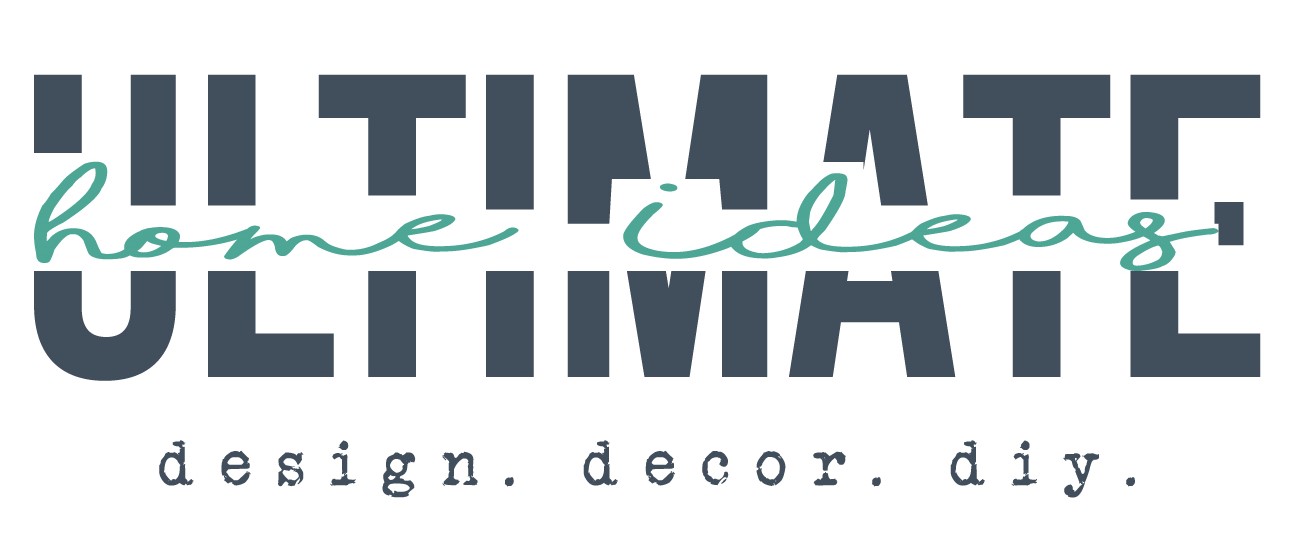








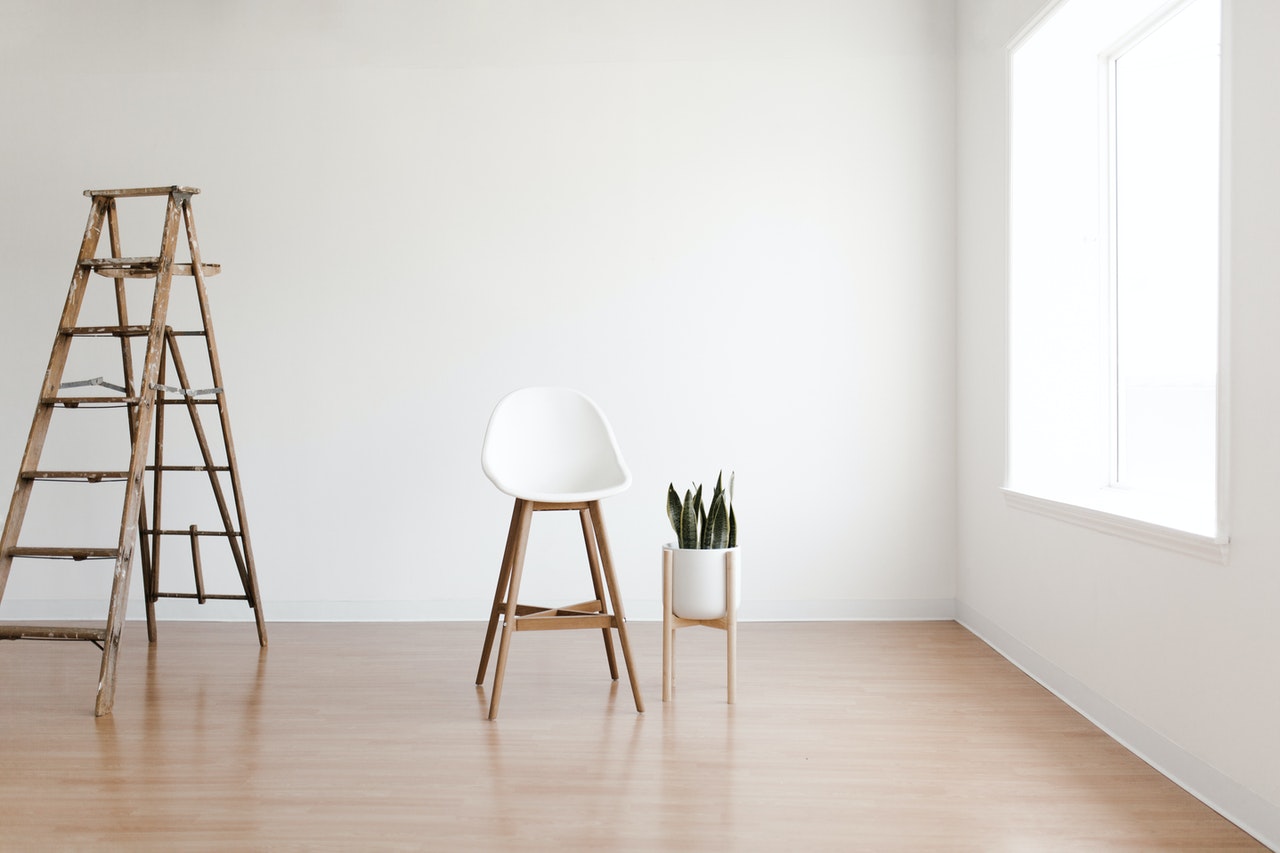

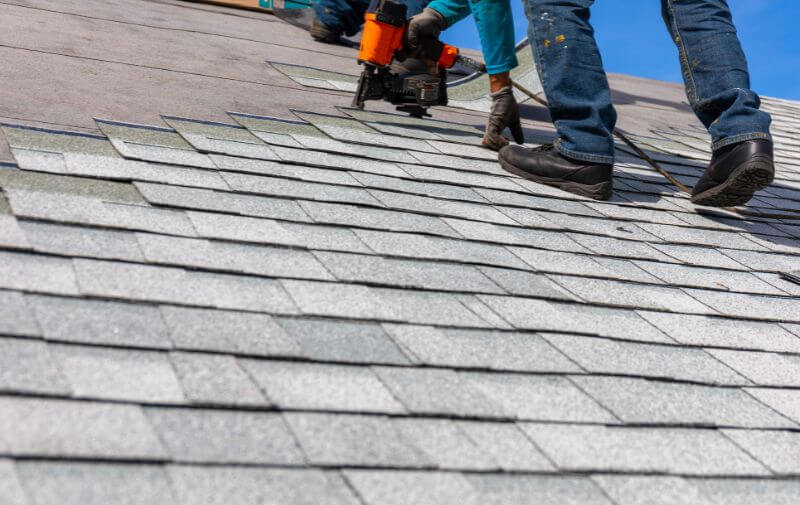
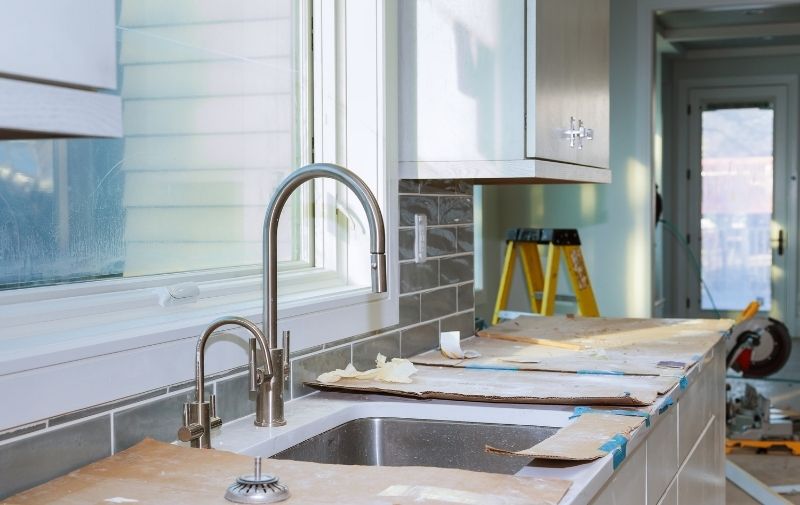

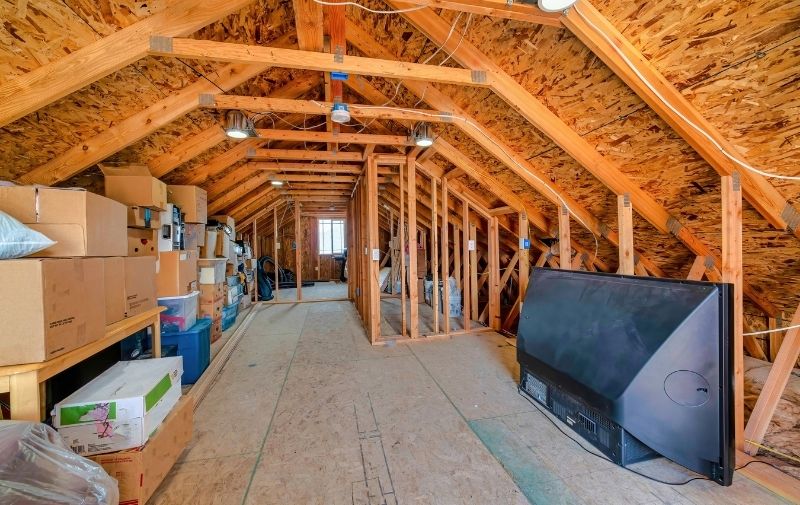
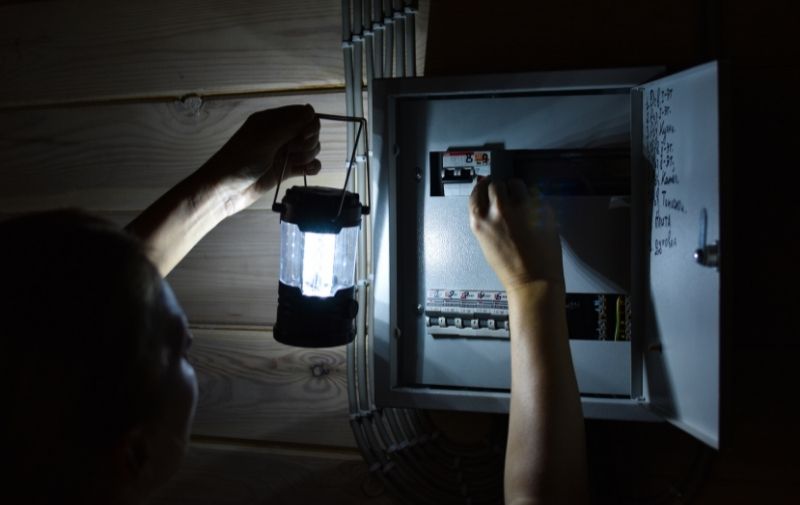
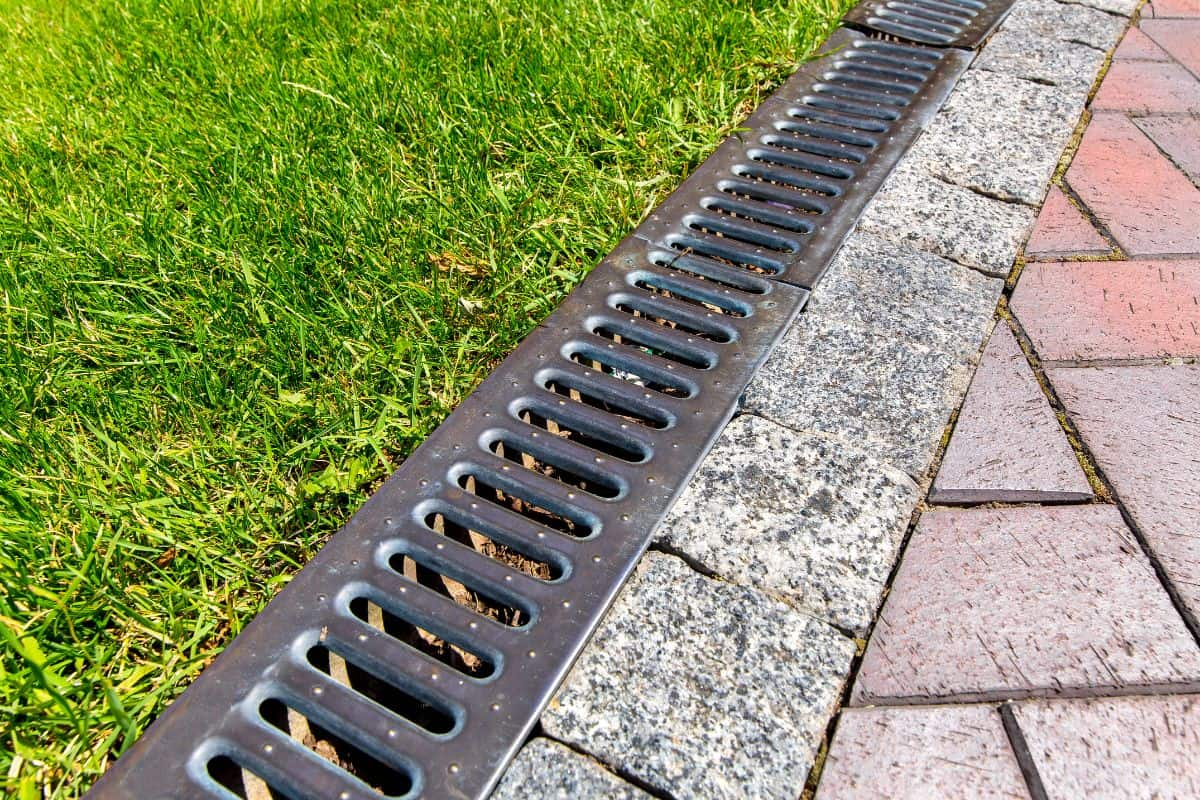
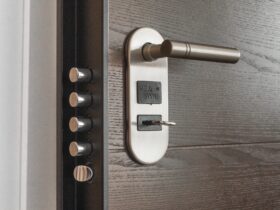

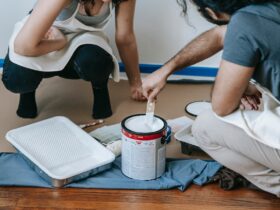

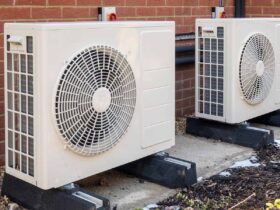
Leave a Reply